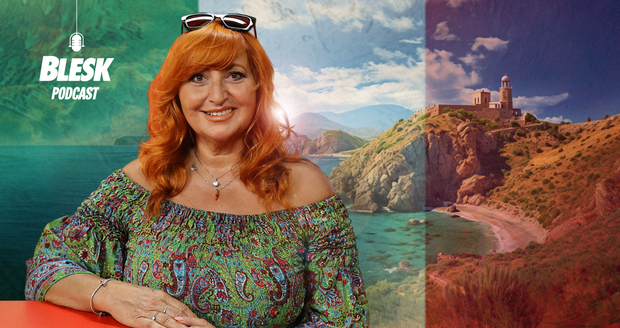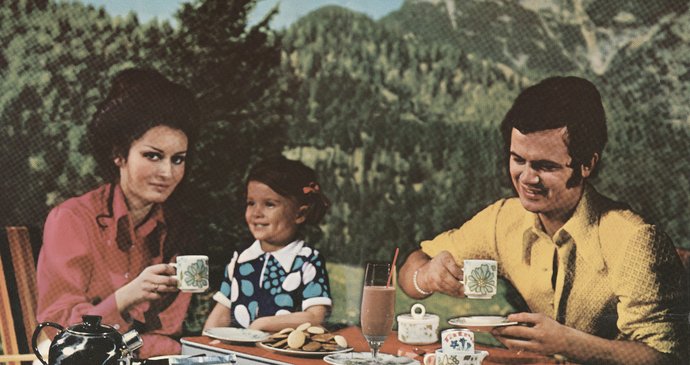When there was a regime change in February 1948 and Czechoslovakia was ruled by only one party, advertising did not disappear. However, her gradual transformation took place. To this day, there is an idea that the country was flooded with posters of smiling female tractor drivers and workers, but this is nonsense according to scientist Lucie Česálková from FF Charles University and curator Ondřej Táborský from the National Museum.
Both Blesku podcast guests edited a comprehensive monograph The Consumer Imagination of State Socialism: Advertising in Czechoslovakia 1948—1989, in which he and other authors mapped the development of advertising in our country. Partly about successful long-term work on advertising the continued popularity of traditional Czech products, which have so far minimally changed their appearance – for example Pribináček, Termix, Míša, Májka, Tatanky, Vitacit or Kofola, is also evidence.
“For us, it is rather interesting that many brands, their logos, etc. they persist and are a part of our everyday life through the fact that we normally consume them, that some consumption habits have been formed in essentially the entire society, and that in some way it is extended and passed down through the generations,” observes Lucie Česálková.
Advertising as a guide
We could mark 1953, when the currency reform took place, as the year when the advertising boom occurred. According to Česálková, people were forced to work a lot in the first five-year plan, and now they had to invest their saved money in the products of state enterprises and get them back into circulation. Advertisements from that time looked different than they do today. “Many of the products that are coming to the market at that time, whether from the field of electronics for example, are completely new and those people do not know them and have to learn how to use them. A number of those advertisements look a bit like a popular science film or some kind of enlightenment,” adds film theorist Česálková.
Czechoslovakia was also inspired by Western models when creating advertisements, which are particularly noticeable in advertising aimed at the Western market and were really trendy. However, according to Lucie Česálková, more conservative motifs were widely used in the domestic environment, and one of the most frequently used motifs was fairy tales. “In Czechoslovakia, it’s something that doesn’t make noise, and we can see it even in the seventies and eighties. It remains some stereotype that continues. Secondly, it is something that distances the consumer and the entire narrative of the advertisement from that very presence,” the editor describes the intention, how the creators tried as little as possible to get closer to everyday reality. In addition, this supported the frequent use of animations created by the masters of domestic animated film.
Window display arrangers
According to the guests, printed periodicals, radio and, last but not least, shop windows had the greatest impact on potential customers. Among the professions at that time were shop window arrangers. “Quite a few people worked in that field, and in a certain area it was a very prestigious profession, which, by the way, has survived to this day. At present, it is highly valued, and primarily those stores that are more luxurious and located in better locations are arranged according to the Western model,” says Ondřej Táborský.

Compared to today, advertising on television had a surprisingly low impact. However, those who have witnessed will certainly remember the opening jingle before the commercials, which was introduced in a few seconds by animated spots of Pan Vajíček. “Its author is the animator Eduard Hofmann. Mr. Vajíčko was very successful from the beginning. People liked the character very much, so since its creation in 1967 there was no reason to change it,” explains Česálková, adding that the success of Mr. Vajíček also lay in his various variations. “One time he floated on balloons, another time he did other activities with the balloons with the advertising sign, and they actually stayed with the character, which varied but remained constant,” concluded the editor of the publication with many pictures.
Ondřej Táborský and Lucie Česálková revealed in the Blesk Podcast how advertisements were created, which businesses could afford them and how they continued to develop since the 1950s:








